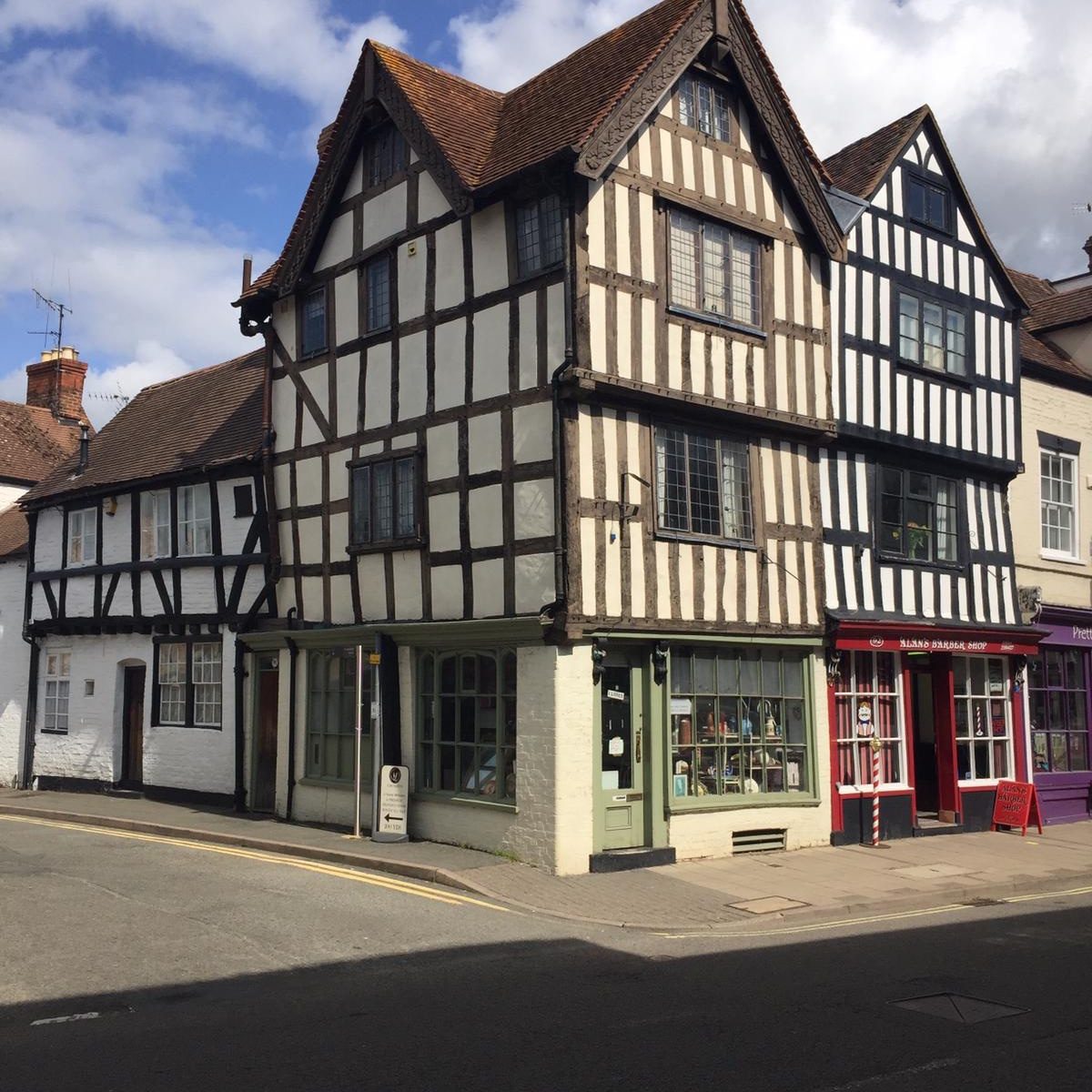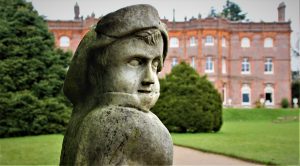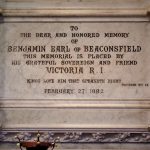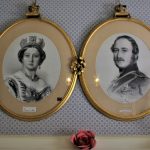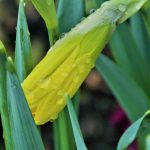Whisper it quietly but I think I have just discovered one of England’s finest towns – Tewkesbury. As I’m on a mission to blog about every city in England it was surprising that I ended up here. What a surprise it was to discover this place. I am torn between broadcasting Tewkesbury’s virtues and whispering about this place to help preserve its excellence and keep it one of Britain’s great secrets. This town has a beautiful waterside setting, at the confluence of the rivers Severn and Avon. Go and learn, discover even, about the town’s rich and vibrant history. It has certainly inspired me to explore another part of England’s intriguing history.
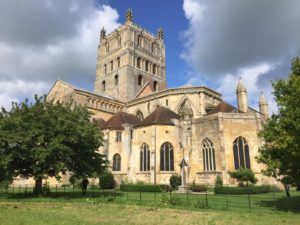
At the heart of the town lies the imposing feature of the town scape. The Abbey! A step inside immediately blows your mind, as it’s almost as impressive as the abbey near to my home in Sherborne. As I’ve mentioned before, when you think of abbeys in this country you would think of them all being ruins as a result of the dissolution, but not this one. It has retained its relevance at the heart of the city with its Norman tower, 12th century ceilings and stained glass windows. The abbey’s survival is, in large part, down to the town buying the abbey from Henry VIII for 435 pounds.
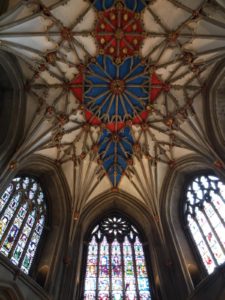
I’m not going to write a history lesson about the War of the Roses or the main people involved. This is mainly due to the fact I need to give myself a history lesson first of all. I know that it was the red versus the white rose. I can remember the name Richard III as being king in this era, and I’m aware of a saying, ‘A horse, a horse, my kingdom for a horse.’ So the only real knowledge I have is of the passionate cricket match that is served up, it seems, at least twice a year between Yorkshire (white rose) and Lancashire (red rose) and how this has been more than just a sporting rivalry stretching back some 600 years. Some serious research must be made to discover more about yet another fascinating part of our history. Perhaps if those people in Hollywood who can’t think of any decent films to make could start looking at British history for inspiration rather than subjecting us to all their remakes.
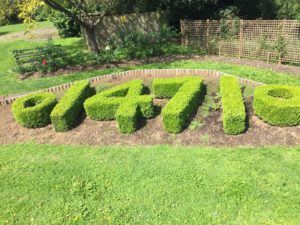
Tewkesbury was the location for a significant battle in the War of the Roses. It surprises me that these two northern counties fought here for supremacy and not closer to their home, but this might have something to do with the return of an exile from France. Something else to research and try to understand – were the shires much larger back then? Or were there less of them than the current number of counties in England. The scene of the battle was played out to the south of the town. The area where the battle took place is known to this day as ‘Bloody Meadow’. Each year the site plays host to re-enactments of the event although they are always scheduled for a time in the year after the anniversary of the actual event no doubt to draw the most crowds. Surely a return visit to Tewkesbury in July of next year is a must, as the medieval town comes alive with wannabe actors reliving those famous tales.
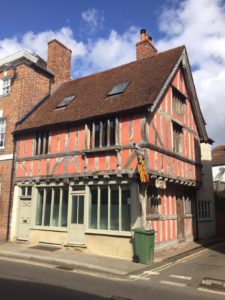
I presume that such a festival brings about an incredible display of colour as a large number of flags relating to the noblemen who fought in that battle adorn shops, inns and houses throughout the town. Does this splash of colour remain all year round? The Tewkesbury Battlefield Society is responsible for all of this colour and information and has done a fine job.
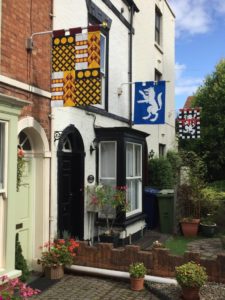
Tewkesbury streets are Tudortastic. Anyone who loves old architecture should strive to visit this time warped town. The layout and buildings have been preserved. The town seems to have barely altered throughout the ages as black and white timber framed Tudor buildings line the streets, their upper storeys overhanging lower ones to create a truly special high street. Throw in the colourful flags and you have quite the picture. I was amazed at how many different buildings there were and upon a little research was blown away to understand there are some 345 listed buildings in the town. It was also noticeable that the high street had no ‘to let’ signs out. We must surely be looking at what this place does right to ensure filled shops.
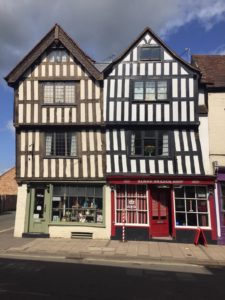
The fact that the town is surrounded by flood plains, rivers and meadows means its expansion hasn’t happened and it has retained its long and narrow profile. Instead it has left a tiny footprint of times gone by, and one of the land’s finest townscapes! I beg everyone to discover this wonderful town; you will probably be blown away just like me. For now, though, I will posit that not enough of our incredible history is covered in our education system (I can understand why people don’t want to complete an exam in history, but as we need to reidentify ourselves as a nation, we shouldn’t ignore our past. Perhaps British history should be made a core subject throughout all year groups). I will go now to discover its history and secrets for myself, and, as a local old couple remarked to me, try not to attract too many visitors here.
Tewkesbury, England, United Kingdom

